Minis: they’re becoming multi-purpose, more practical and more completely equipped, and some are far from small. If all this has you wondering where Mini is going, you’re not alone.
Not that there’s any doubting the success and appeal of this reinvented marque. More than four million Minis have been built over the past 16 years, close to four-fifths of the 5.4m originals sold over 41 years. There have been 10 bodystyles, the brand is sold in 110 countries and the hatchback is a frequenter of Britain’s top 10 best sellers list. Last year Mini scored 360,000 sales, a post-2001 record and a result that entirely justifies BMW’s decision to keep the Mini brand after disposing of Rover and Land Rover in 2000. But this broader success has not been without narrower failures, triggering strategy shifts that have resulted in a reduced range, for example, and the abandonment of a plan to ensure that each model was the smallest in its segment.
To understand where Mini is now, we need to understand where it has been, and few are better qualified to guide us than Mini UK director Chris Brownridge.

“In those days [2001] there was no premium small car, and the Mini was arguably the first premium car with high differentiation,” he says. “Not only did we have product substance, but we also had quite an invigorating marketing approach. We were probably one of the first brands with dry wit in our advertising. The product was different, the brand positioning was very different and the car was a huge success.”
Diversification came next, from Convertible through Mini Clubman, Mini Countryman, Roadster, Coupeà and Paceman. “Mini was building a tremendous following not just domestically but also globally,” continues Brownridge. “It was becoming a serious car brand.”
But what followed was not quite so positive. “I think there was a kind of wilderness period where the brand moved from being highly differentiated with a little bit of wit to perhaps a more arty brand,” he says. “Our advertising was too frivolous for some.” As Brownridge points out, such an approach was quite the opposite of the well-engineered, high-quality reality beneath the stripes and the humour. “The result was customers that felt a great affinity with the brand, but we’d also made ourselves a brand that was being dismissed by some customer groups. It was a cul-de-sac and something we needed to resolve.”

It wasn’t only the messaging that needed adjustment but also the Mini range. “We had seven bodystyles, all in the small car segment,” says Brownridge. “While we were successful in the UK and globally, we were winning customers but also losing customers. Once they had a car their circumstances often changed, and even the Countryman wasn’t of sufficient size for them to stay with the brand. We had a customer base that was quite transient, but we also had a core base of fans. So 2015 was when the first big changes started with the relaunch of the brand.”
In case you missed it, that included a subtle recasting of the logo, and a changed corporate identity, at least in terms of how the brand communicates and also how Mini looks and feels in the showroom environment. “So instead of perhaps looking like a nightclub, the showrooms looked a bit more like an Apple store,” says Brownridge. There was more to the relaunch than messaging, of course. “We started the product offensive with the current-generation hatch, which lifted the bar in terms of substance. It’s still highly differentiated, still has great personality and is still true to the Mini genes. The next step was the five-door, which was a huge boost in terms of conquesting customers who didn’t need to settle for an ordinary car in the small car segment. We also wanted to enter the C-segment.”

These changes might have alienated existing owners, but Mini’s research indicates that customers like what’s been done. “We’re also bringing new customers to the brand, because historically it was easier to dismiss us,” says Brownridge.
“We now position ourselves as more credible, perhaps more grown-up but still individual and full of personality. We’re seeing customers coming from premium and non-premium brands.”
A final, vital ambition is to get buyers to understand that Mini isn’t just one car, despite the previous seven varieties. “We’re five cars,” says Brownridge. “Of course people know the Mini Cooper, but the awareness of the Mini Countryman and Mini Clubman is really quite low. So the second thrust of our relaunch was to really drive the awareness of those products. We needed people to reappraise the brand and reappraise the products.”

The relaunched range is still cementing its place. “We’ve got three products in the small car segment, with the three-door, the five-door and the Convertible, and they are all strong or the strongest in their segment,” says Brownridge.
“We’re not looking to grow them because they’re stable: they’ve got good residual values and a good customer base. With the Clubman we have an opportunity to bring in new people, as well as people growing out of the hatch.”
The Countryman, meanwhile, is now big enough to qualify as a household’s main drive rather than the second car.
More new roles are heading Mini’s way. As detailed in last week’s issue, plans to launch a fully electric Mini in 2019 are well underway. Brownridge reckons the brand is well poised to be the innovator in electric mobility, urban mobility and car sharing.

“There’s a growing trend towards urbanisation and people moving into cities. What we are moving towards is really innovating in that arena,” he says. Mini could explore the idea of shared-usage cars that are personalised via some form of biometric recognition.
“It’s your car but it’s not your car,” Brownridge says. “You pick your appearance and it’s personalised to you in terms of power, spec and colour. When you arrive in Spain, for example, another Mini comes up to you and becomes the same car. The possibilities are fascinating, and they fit hand in glove with the brand.”
Plenty of car makers are staring into that same middle distance, as Brownridge explains: “Getting greater utilisation from an asset is something we’re seeing from a lot of start-ups. With different generations [of consumers] having different expectations, there will be increasing demand in that area. We want to increase our market share of miles travelled. So if people still move around, how do we offer the best premium service? It could be that this is where you see the exploration of ‘Mini Living’ [a think tank that examines the creative use of space in urban habitats].
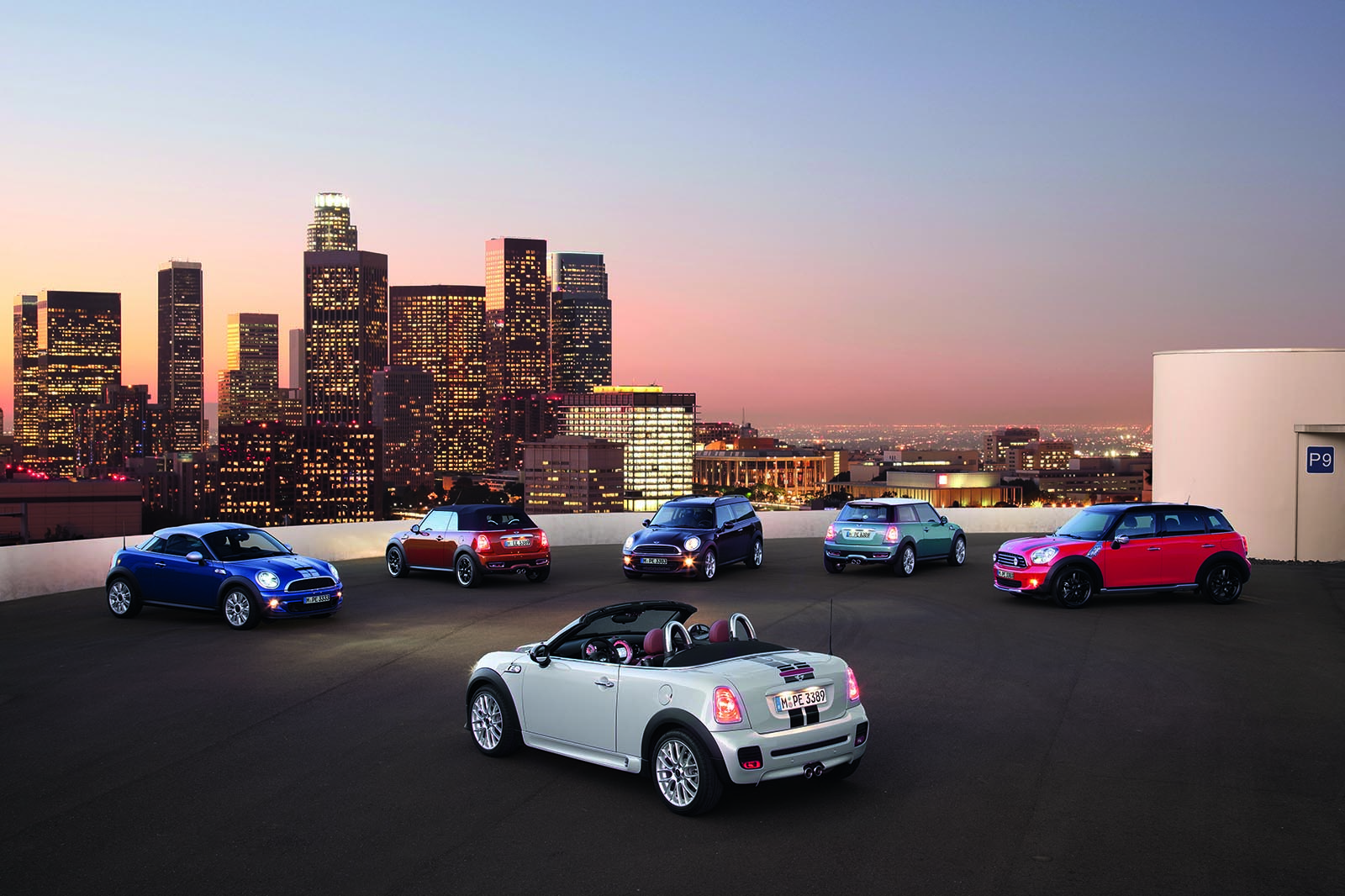
“The Mini originally came about as a solution to a problem, so there’s a real parallel here. What role does the brand play in maybe solving some of the challenges of suburban city life? I think we’re a brand that has relevancy in urban environments, in innovation and the use of space.”
There is clearly more to come, then. The next steps in Mini’s fruitfully busy period with BMW are as likely to be part-inspired by the 1959 car’s conceptual origins as much as its physical shape. That sounds both intriguing and exciting.
Mini’s superheroes
Mini refers to the five models in its range today as ‘superheroes’. “It’s an internal title to say every car stands on its own four wheels as a hero in its segment,” says Brownridge. “As a consumer, you can see the role of every car within the brand. A lot of people talk about the bigger car. Is it a Mini anymore? Of course, Mini is a brand, a personality. For us it’s about delivering products with a high differentiation in terms of product substance, and also in the way that they drive.”
Is Mini's profitability improving?
BMW won't reveal financials for its individual brands, but industry watchers, Autocar included, have questioned the viability of a marque that competes with mainstream models selling in vastly larger quantities. So is Mini on safer financial ground now?
Brownridge thinks it is. UK sales have stabilised at around 70,000 units, but there are still markets that are “growing quite quickly”. Selling more cars obviously helps the bottom line, but so does canny industrial planning. “We’ve made a lot of steps forward in terms of platform sharing [Countryman, Clubman and front-drive BMW 2 Series] and using the ‘Baukasten’ family of modular engines.”
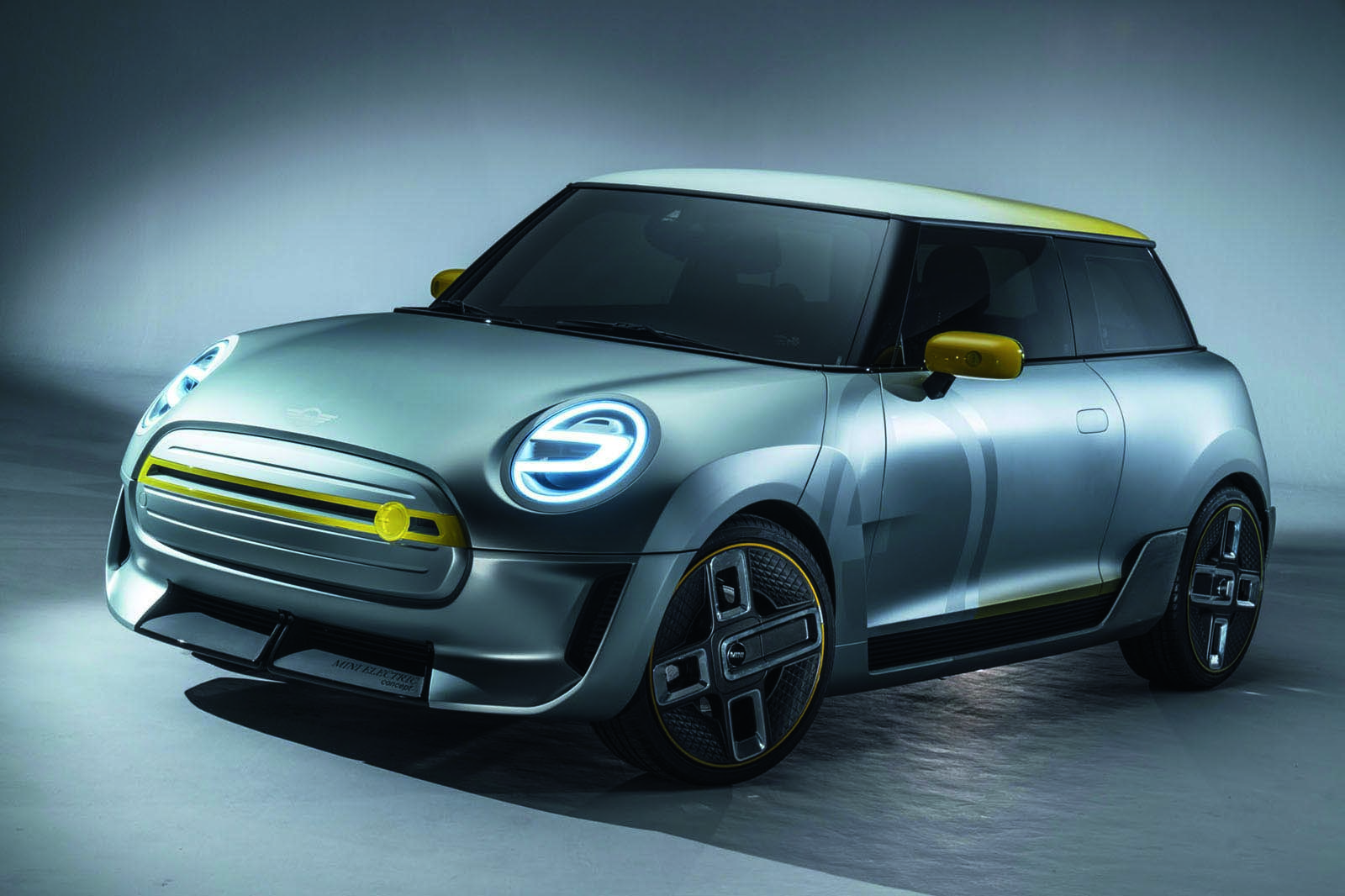
Mini’s now famous — and much-imitated — personalisation is a money-spinner, too. “Our customers tend to specify their cars to quite a high level,” says Brownridge. “One of the great assets of being part of the BMW Group is that we’ve got access to that technology — you don’t see a head-up display in the Polo class very often.” While the options remain juicily extensive, tooling for five models rather than seven is an investment-saver, and two of them now compete in the C-segment at higher price points. “There’s a clear rationale behind our strategy there,” says Brownridge.
Related stories:

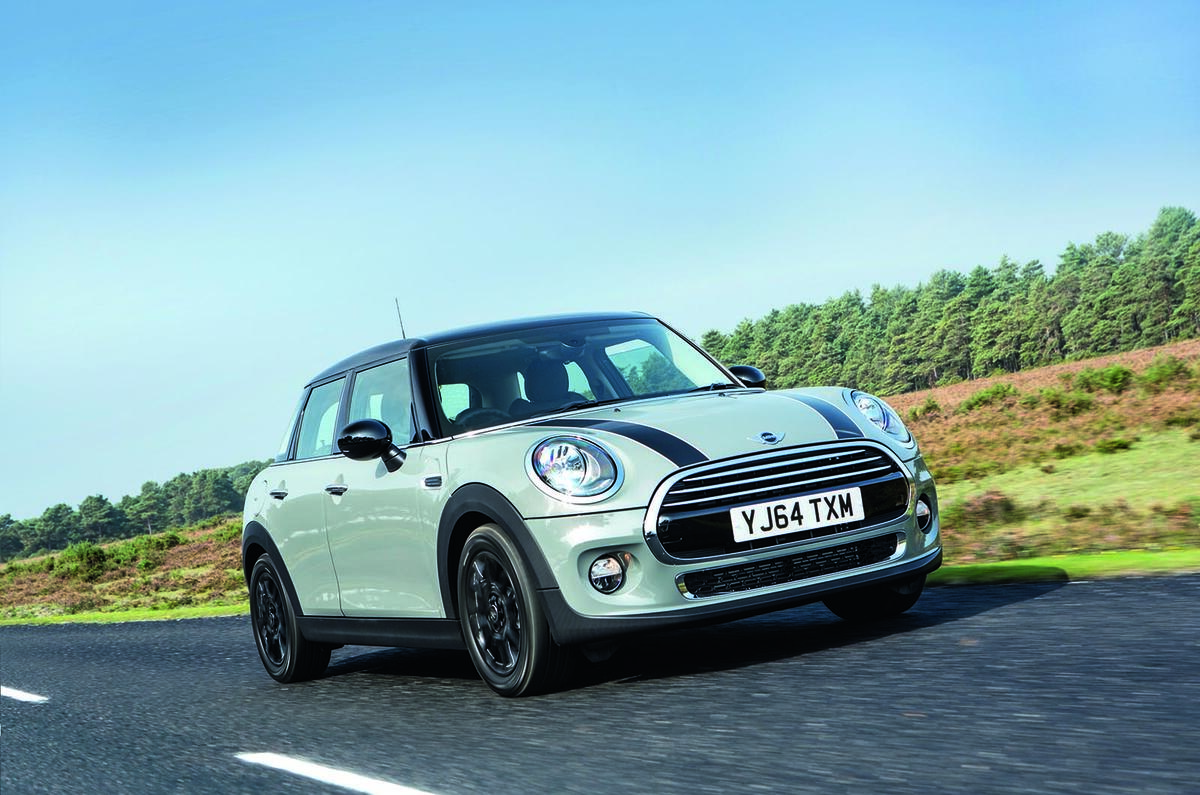
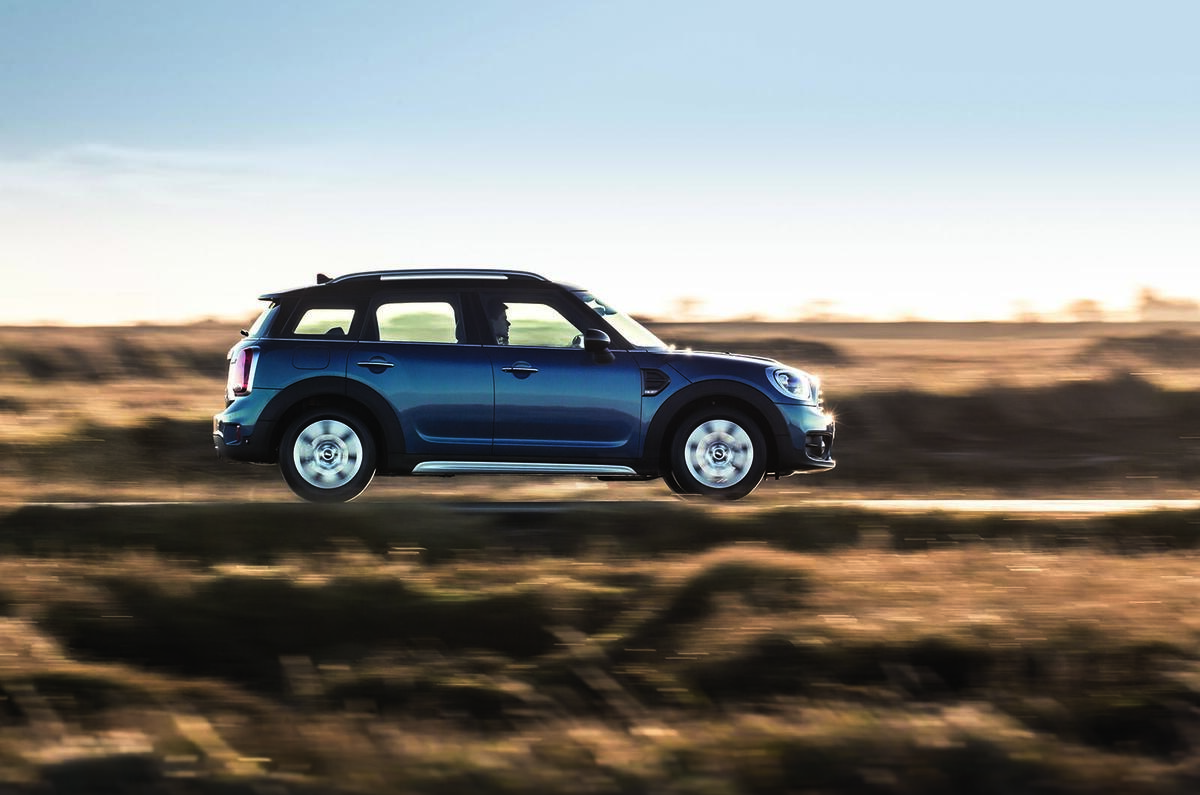
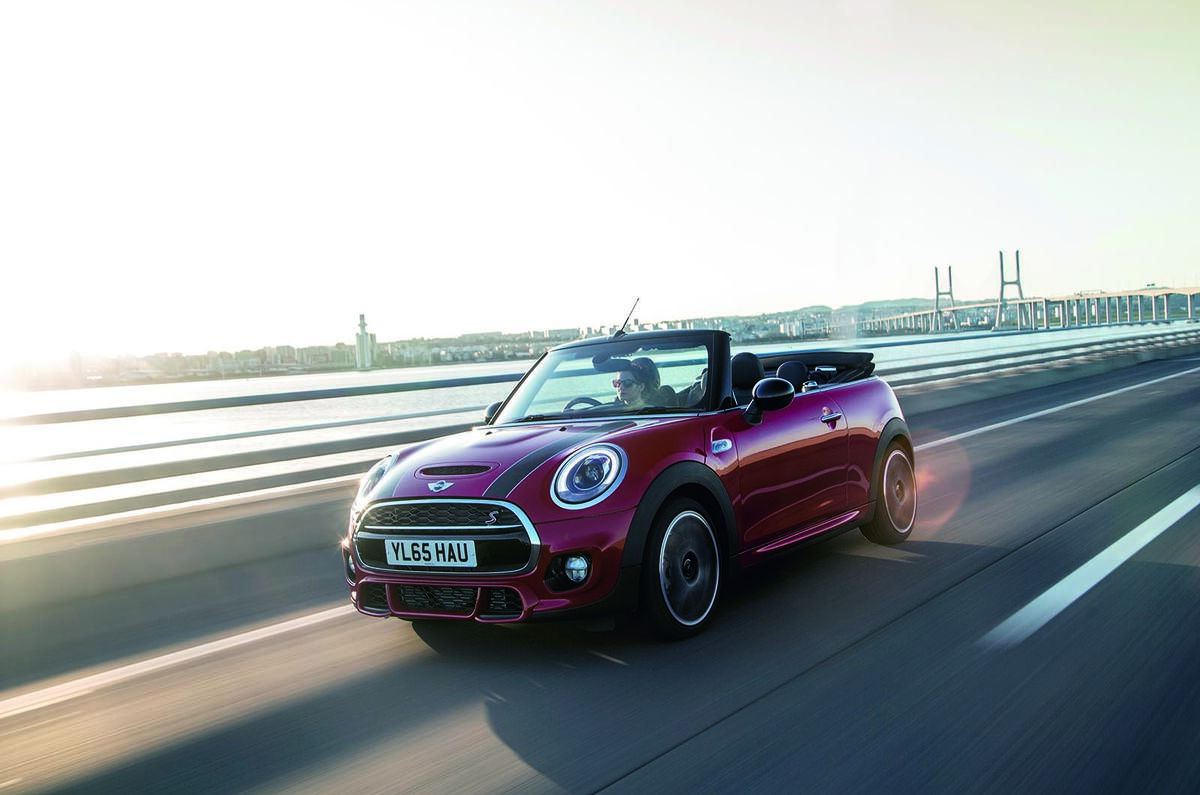
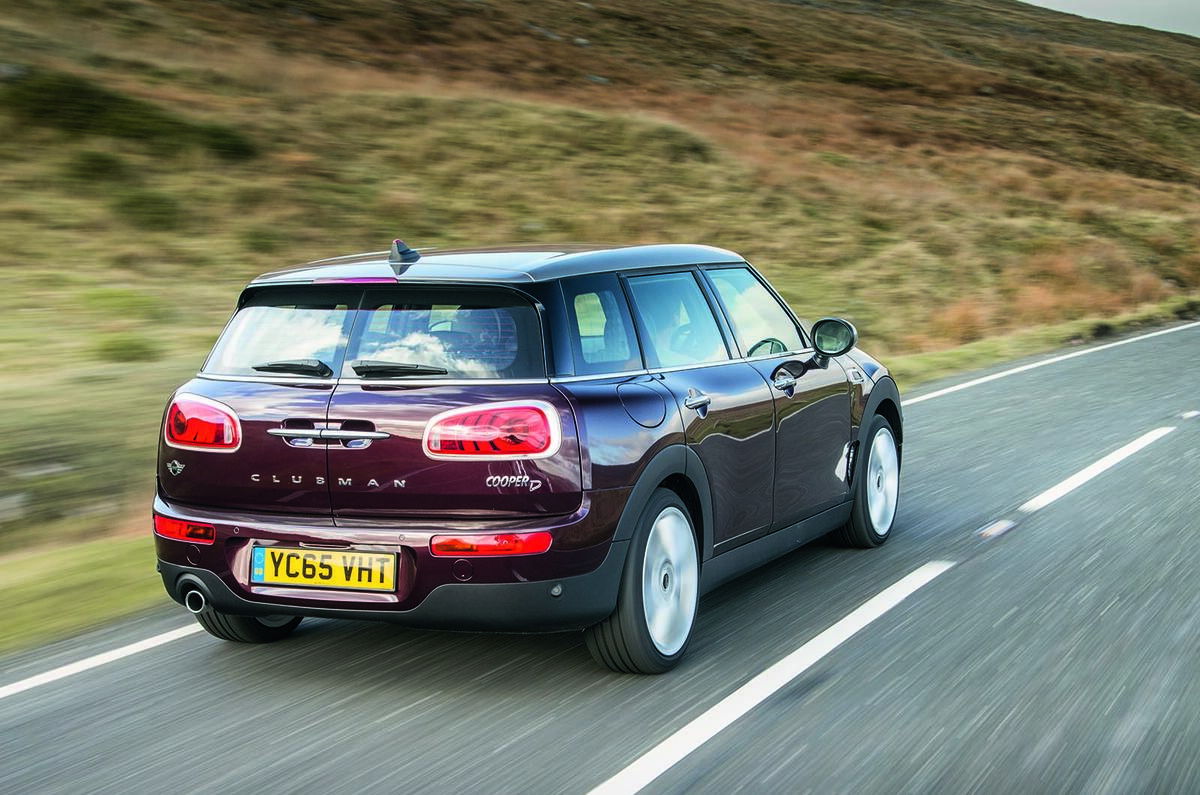
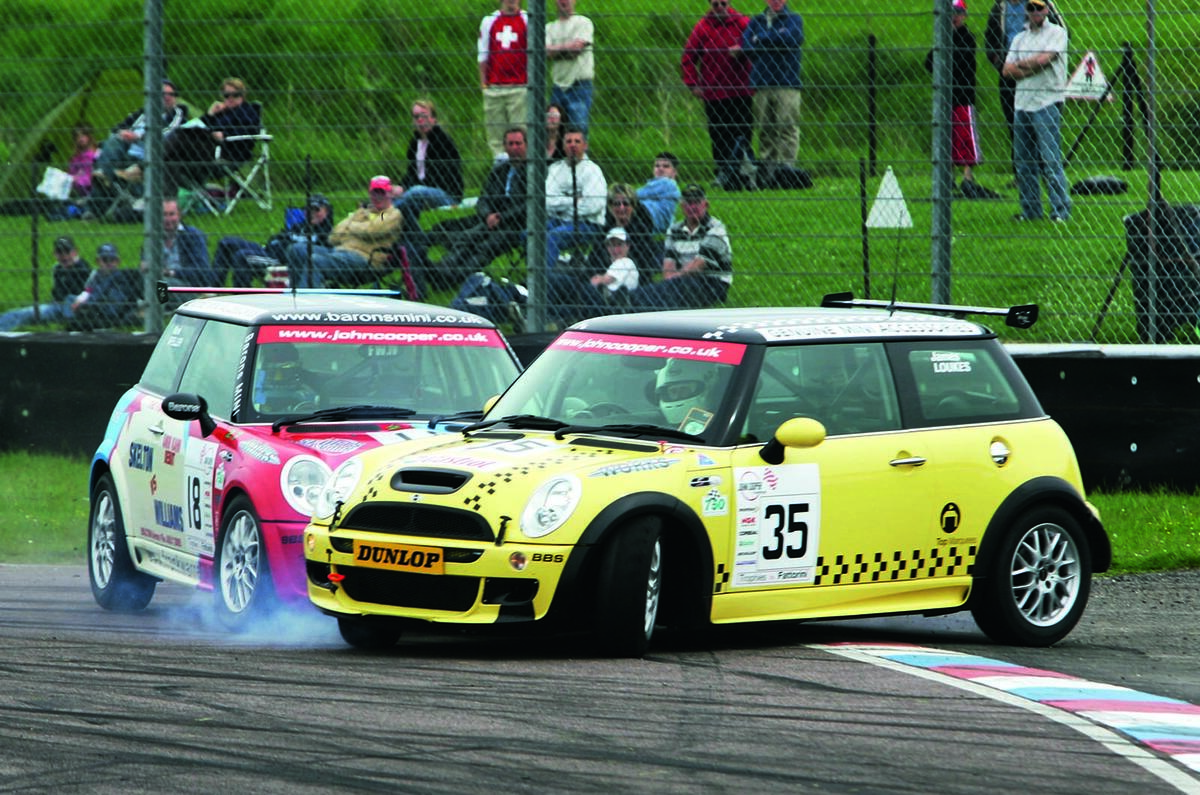

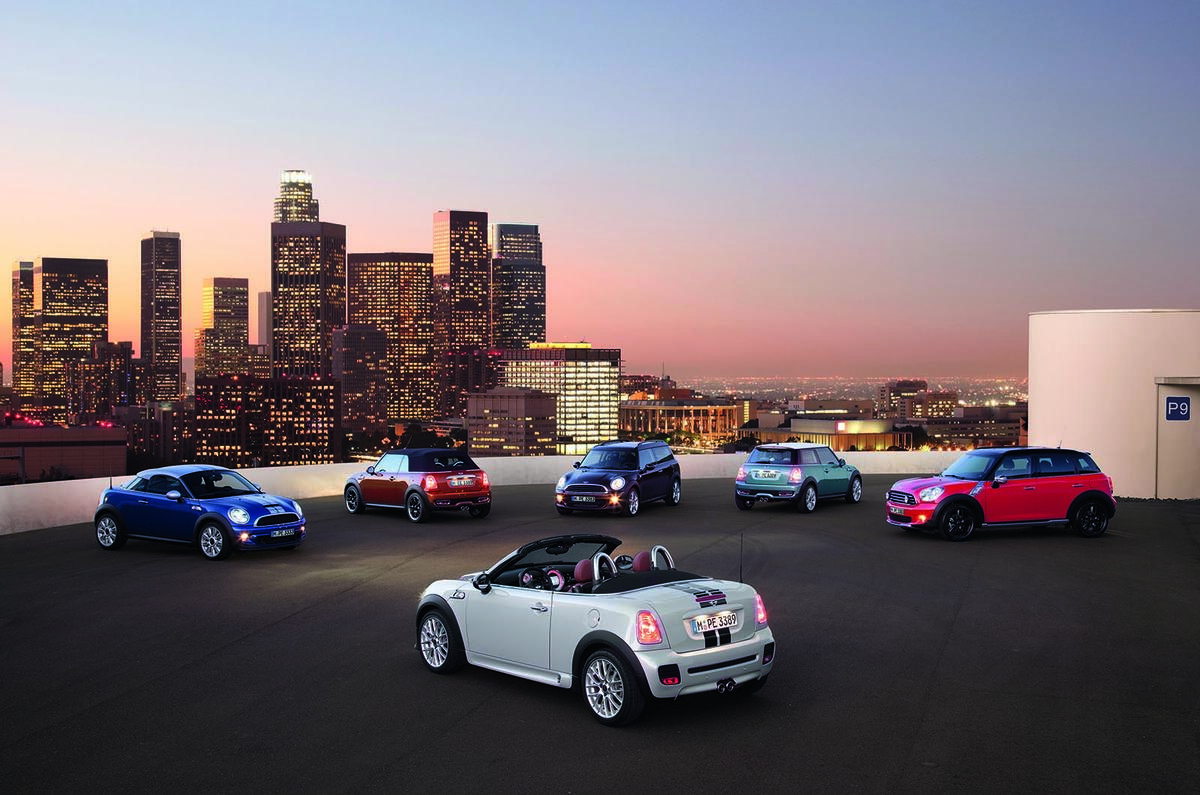


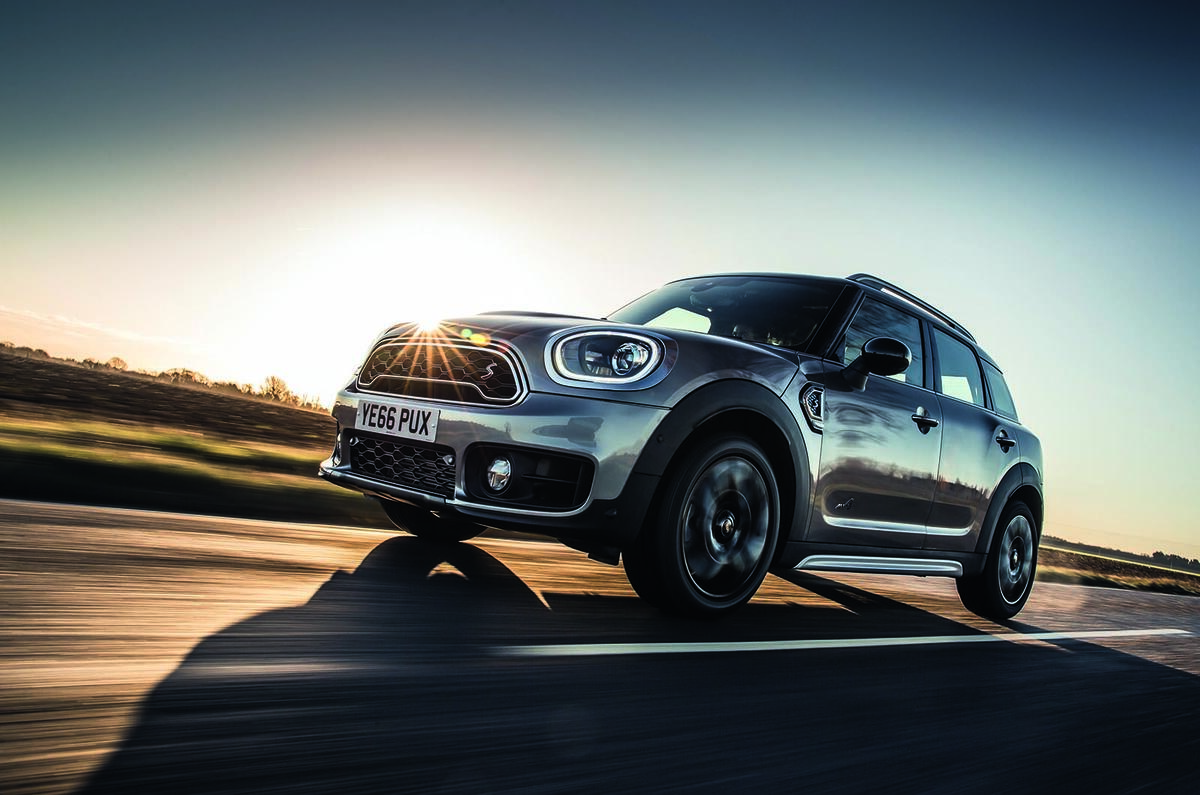
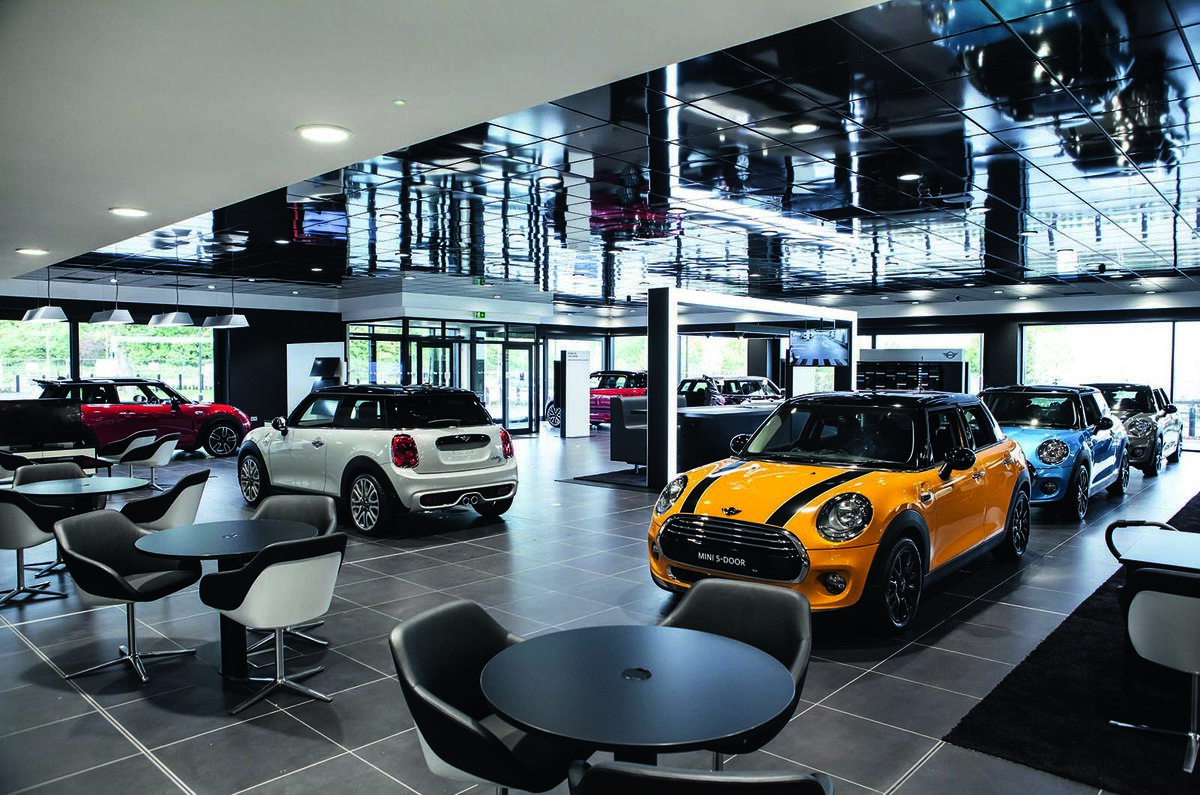



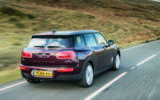
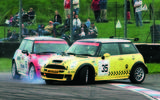

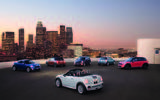
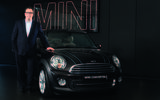


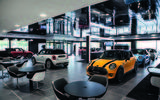


Join the debate
Add your comment
Mini
I have no problem with the actual car other than the fact than they are not mini anymore, what I do have a massive problem with is that they are being allowed to ram the BRITISHness of the car down everyones throats. The original mini was a british icon, made in britian by a british company, the BMW Mini as I like to call it is a foreign car built in Britian in the exact same way as a Honda Civic or Nissan Micra are foreign cars, you don't see Honda slapping a Union Flag on the top a Civic. They should not be allow to use the Union flag as a marketing tool.
Ski Kid.
Original
I had one of the original minis, great fun to drive, awful in perhaps every other way except The fun bit.
This one, it is a bit podgy, but so are most cars. I am not a fan of the pseudo retro styling, saying that I am not fan of the new beetle or 500 for the same reasons. Regardless, drive an original beetle and 500 and you will soon find they are truly terrible cars by today's standards, just like the original mini. You have to have a streak of masochism to hark back to these. Their modern equivalents are actually not bad cars.